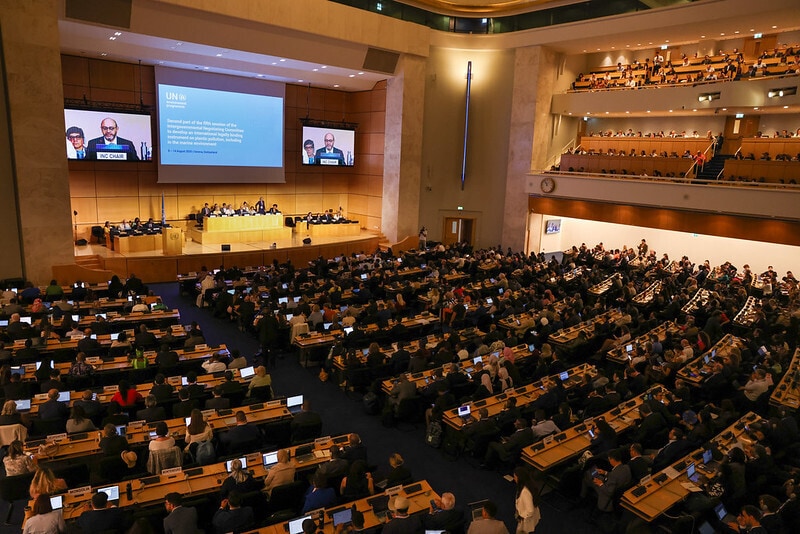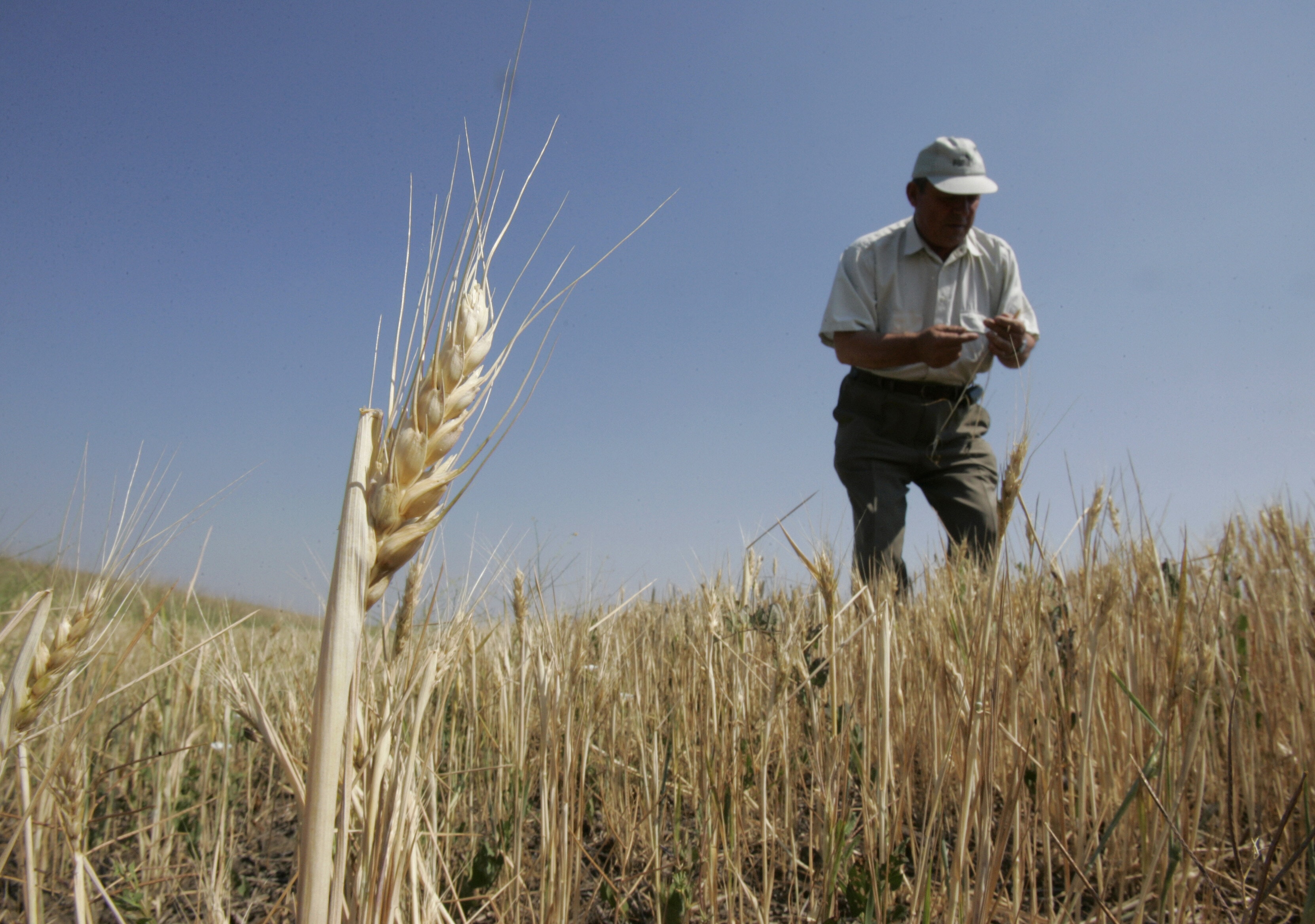Why measuring the economic value of ecosystems is important

It's time to recognise the economic value of an ecosystem.
Image: Unsplash/Matthew Bargh
Stay up to date:
Climate and Nature
Listen to the article
- $44 trillion of economic value generation – over half the world’s GDP – is moderately or highly dependent on nature, yet we are losing nature at a startling speed.
- A group of researchers developed the concept of Gross Ecosystem Product (GEP), which, modelled after Gross Domestic Product (GDP), uses market prices and surrogate market prices to calculate the accounting value of ecosystem goods and services.
- GEP can reflect nature’s contribution to human well-being and its long-term trends can serve as an indicator of the extent and quality of local and regional ecosystems, providing a corrective or complement to more anthropocentric development.
Nature is free, yet its value can never be overstated. It gifts us with many benefits from the essentials for biological survival to the basis for economic prosperity. According to the report Nature Risk Rising published by the World Economic Forum, $44 trillion of economic value generation – over half the world’s total GDP – is moderately or highly dependent on nature.
Humans tend to take free things for granted, however, and consequently overexploit nature. The 2022 Living Planet Index (LPI) - which tracks populations of mammals, birds, fish, reptiles and amphibians - reveals an average 69% decrease in monitored wildlife populations since 1970. Startlingly, in the second it takes to say the word 'nature' we lose a forest area the size of nearly one football pitch.
This is why the whole human race must reconsider its relationship with nature and recognise the economic value of an ecosystem. The historic Kunming-Montreal Global biodiversity framework points out that all stakeholders, including governments, businesses and financial institutions, must regularly monitor, assess and transparently disclose their risks, dependencies and impacts on biodiversity.
What is the World Economic Forum doing about nature?
'Gross Ecosystem Product'
The value of nature needs to be shown in a palpable economic term if we are to better understand what it can bring us and make informed decisions in the commercial world. The problem is, how do we measure and aggregate the economic value of vastly different ecosystem assets, such as cropland, a pond, a tree or a single flower? How do we compare changes in water quality measured in milligrams per litre of nitrogen with changes in greenhouse gas emissions assessed in tons of carbon equivalent?
To solve this problem of commensuration, a group of researchers developed the concept of Gross Ecosystem Product (GEP), modelled on the accounting method of Gross Domestic Product (GDP). Through a pricing process, GEP translates the biophysical value of ecosystem goods and services – crop yield measured in tons, water availability measured in litres and eco-tourists measured in numbers of people – into monetary value. This makes it easy to aggregate and measure the contribution of ecosystems to the economy.

For marketable ecosystem assets, such as timber and water, their market prices can be directly taken into the accounting process. In cases where market prices for ecosystem assets do not exist, a variety of nonmarket valuation techniques are employed, with the method of 'travel cost' widely adopted in developed economies.
The basic premise of this method is that the time and travel costs that people incur to visit a site represent the 'price' of access to the site. Usually, transportation fees, entrance fees, meals and accommodation fees, among others, will be considered to estimate the consumer costs to measure the value of this environmental service.
Go beyond GDP to achieve the SDGs
Paul Samuelson remarked that: “Much like a satellite in space can survey the weather across an entire continent, so can the GDP give an overall picture of the state of the economy.” Similarly, GEP pictures an overview of the ecosystem's status quo and brings ecosystem services into decision-making.
The Sustainable Development Goals measure three dimensions of sustainable development – economic, social and environmental. For economic progress, GDP or Green GDP is already in place. Regarding social well-being, The World Happiness Report, initiated by the Sustainable Development Solutions Network of the UN, is widely cited.
Entering 2023, the world is at the halfway mark to achieving the 2030 Agenda of Sustainable Development, an index that measures the situation and progress in the biosphere is needed more than ever.

People and the ecosystem they live in constitute a complex 'socio-ecological' system in which anthropogenic activities substantially impact the conditions of the ecosystems that sustain human well-being. Consequently, a key goal of socioeconomic development is to ensure the quality and quantity of ecosystem services, which generates an urgent call for accounting, measuring and valuing other ecosystem services.
Accept our marketing cookies to access this content.
These cookies are currently disabled in your browser.
Don't miss any update on this topic
Create a free account and access your personalized content collection with our latest publications and analyses.
License and Republishing
World Economic Forum articles may be republished in accordance with the Creative Commons Attribution-NonCommercial-NoDerivatives 4.0 International Public License, and in accordance with our Terms of Use.
The views expressed in this article are those of the author alone and not the World Economic Forum.
Forum Stories newsletter
Bringing you weekly curated insights and analysis on the global issues that matter.
More on Nature and BiodiversitySee all
Tom Crowfoot
August 20, 2025
Chavalit Frederick Tsao
August 19, 2025
Andrea Willige
August 15, 2025
Tom Crowfoot
August 14, 2025
James Balzer
August 14, 2025






